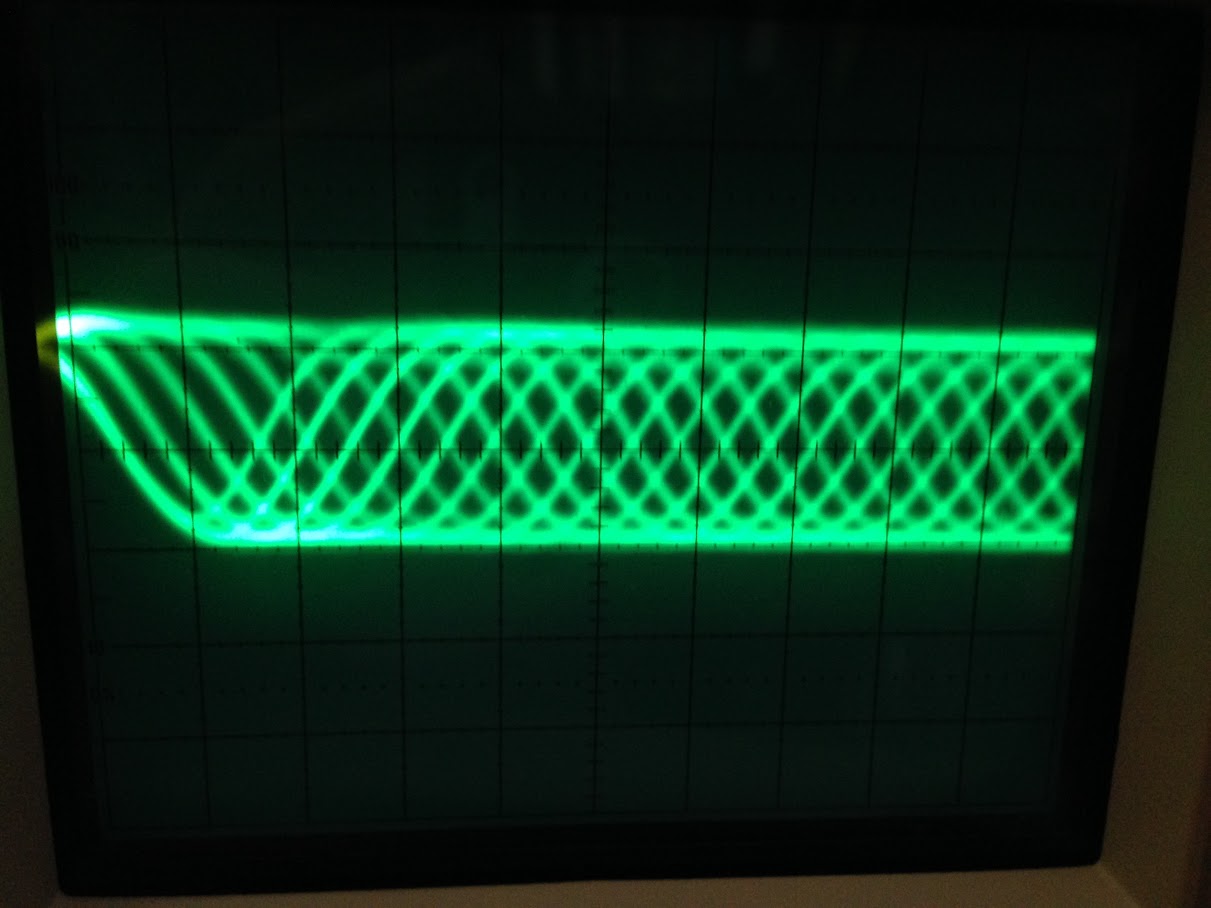The accident: the CD60 tipped off its shelf on one side (left) , and free-fell about 12 inches to a soft, carpet (which had foam mat underneath).
Some weird issues afterward, including:
The 1541 got very warm. I removed it -- tested it another CDP, it's okay.
Also, laser current adj was off (CD would not spin up). Not sure how that happened??? Anyway, after adj. of trimmer pot ... it booted and played. Tracks as good as any player.
No PCB or chassis cracks, broken traces. All voltages ok.
Except one nagging issue remains: Some noise (distortion) on music (audio) when recorded level is low (quiet passages, fade-downs, start of fade-ups). When audio level moderate and above, music is clean ( low-level noise is probably still there, but masked by music. It's almost like "dirty dither").
Most of your troubleshooting suggestions are been-there-done-thats: Freeze-sprayed all ICs, etc. No change. Swapped TDA1541A and SAA7220. No change.
It might be the SAA7310 decoder (or something close to it). Or it might be uP chip. Haven't swapped those. But if those LSI multitasking chips were faulty, many other CDP systems (processes) would be affected. Right?
BTW, the eye pattern looks very good:
